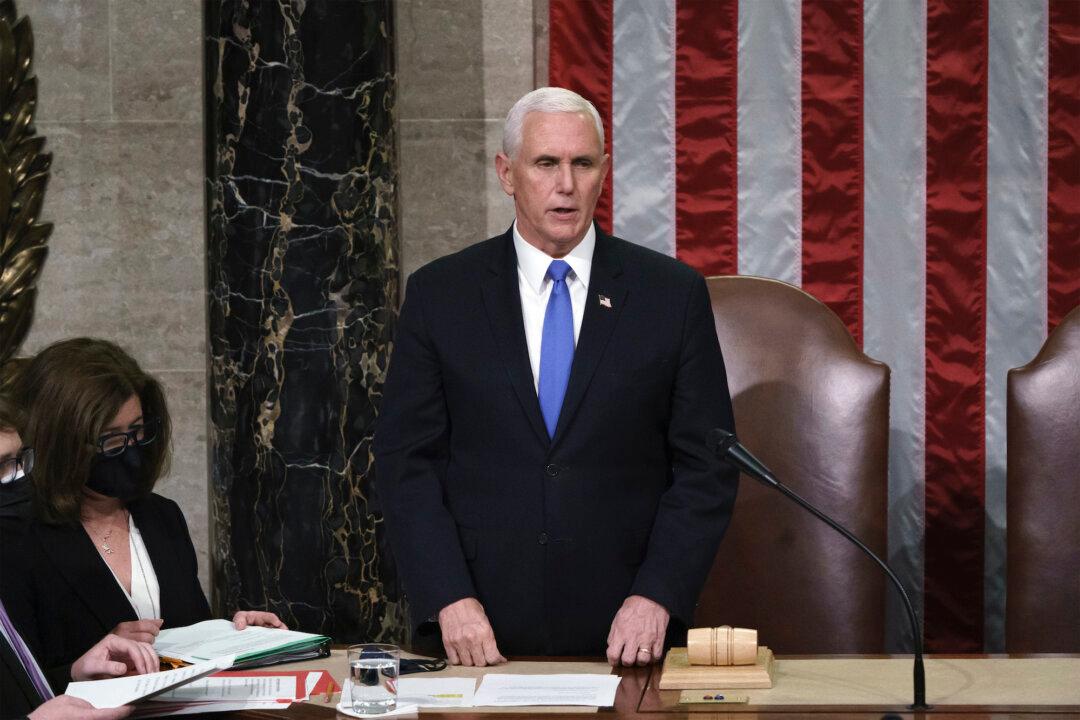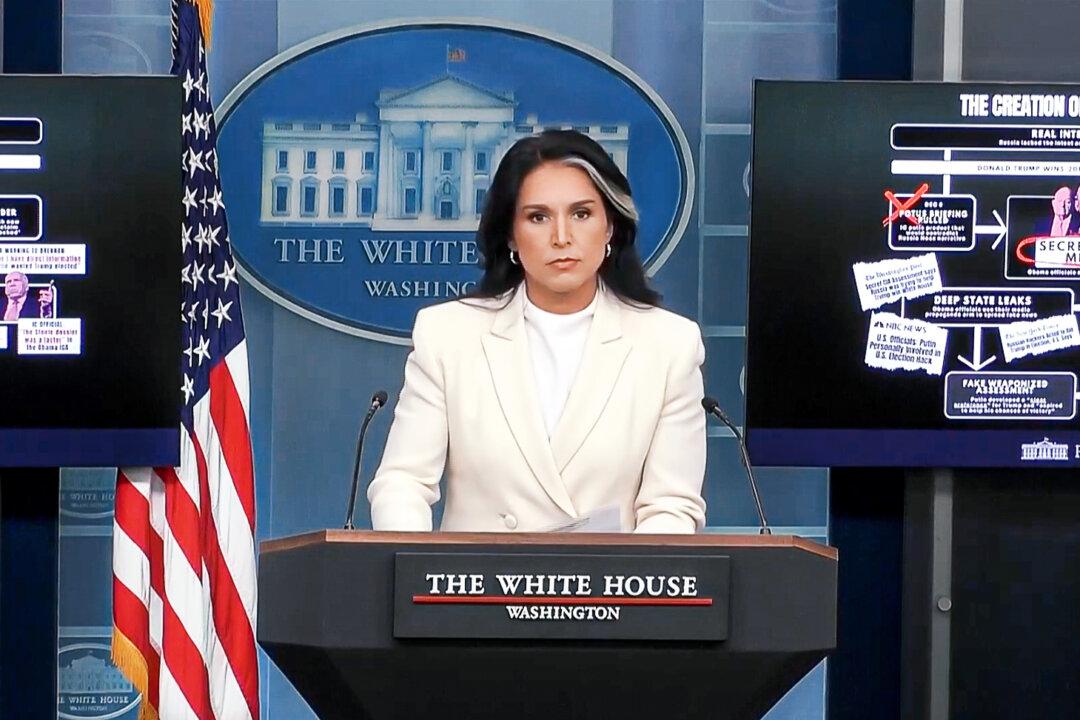Vice President Mike Pence urged President-elect Joe Biden on Saturday to stand up to the Chinese Communist Party’s (CCP) aggression in the Indo-Pacific region.
“As a new American administration prepares to take office, we do well to remember as Americans that the price of freedom is eternal vigilance,” Pence said at the Naval Air Station Lemoore in Jan. 17. “And a free and open Indo-Pacific is essential to our prosperity, our security and the vitality of freedom in the world.”





